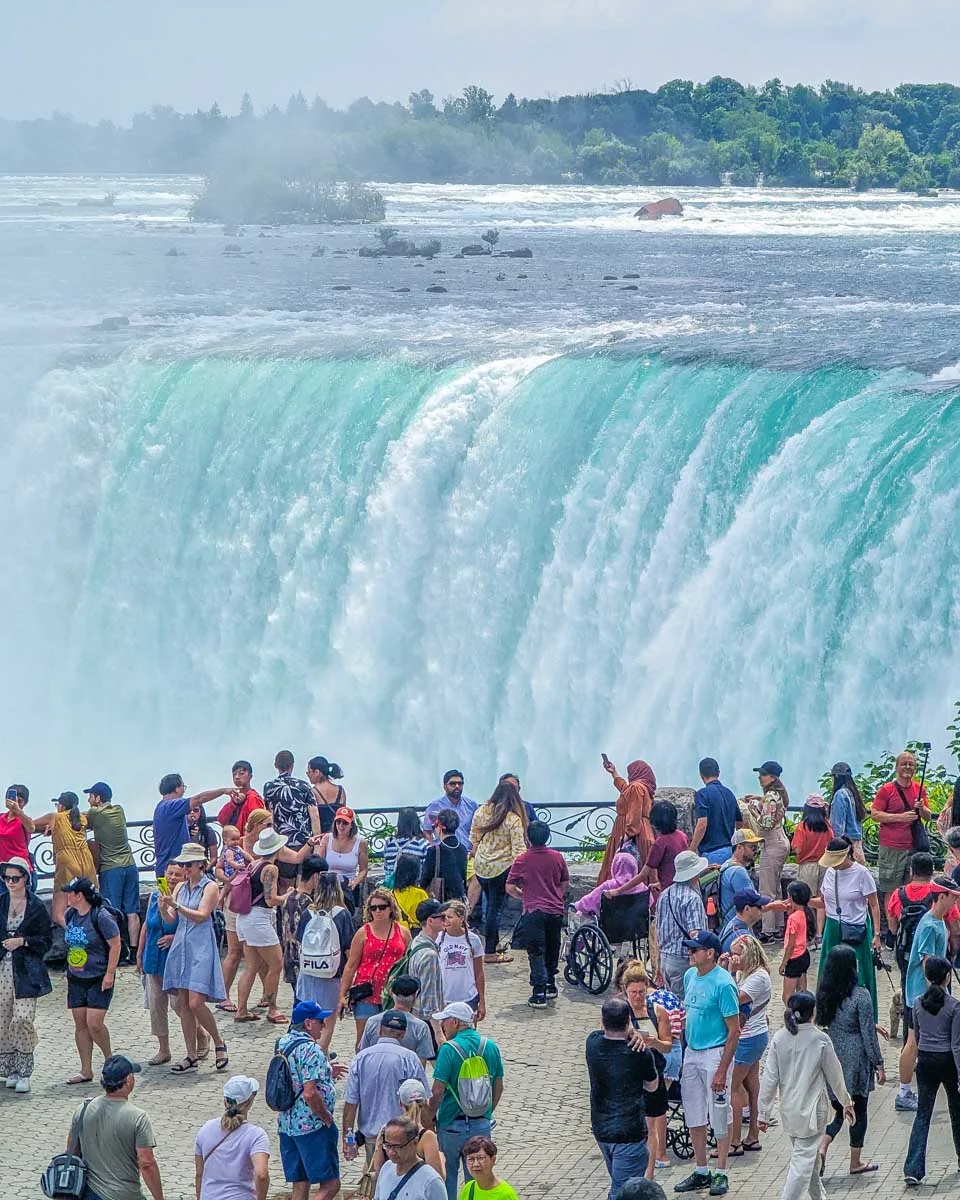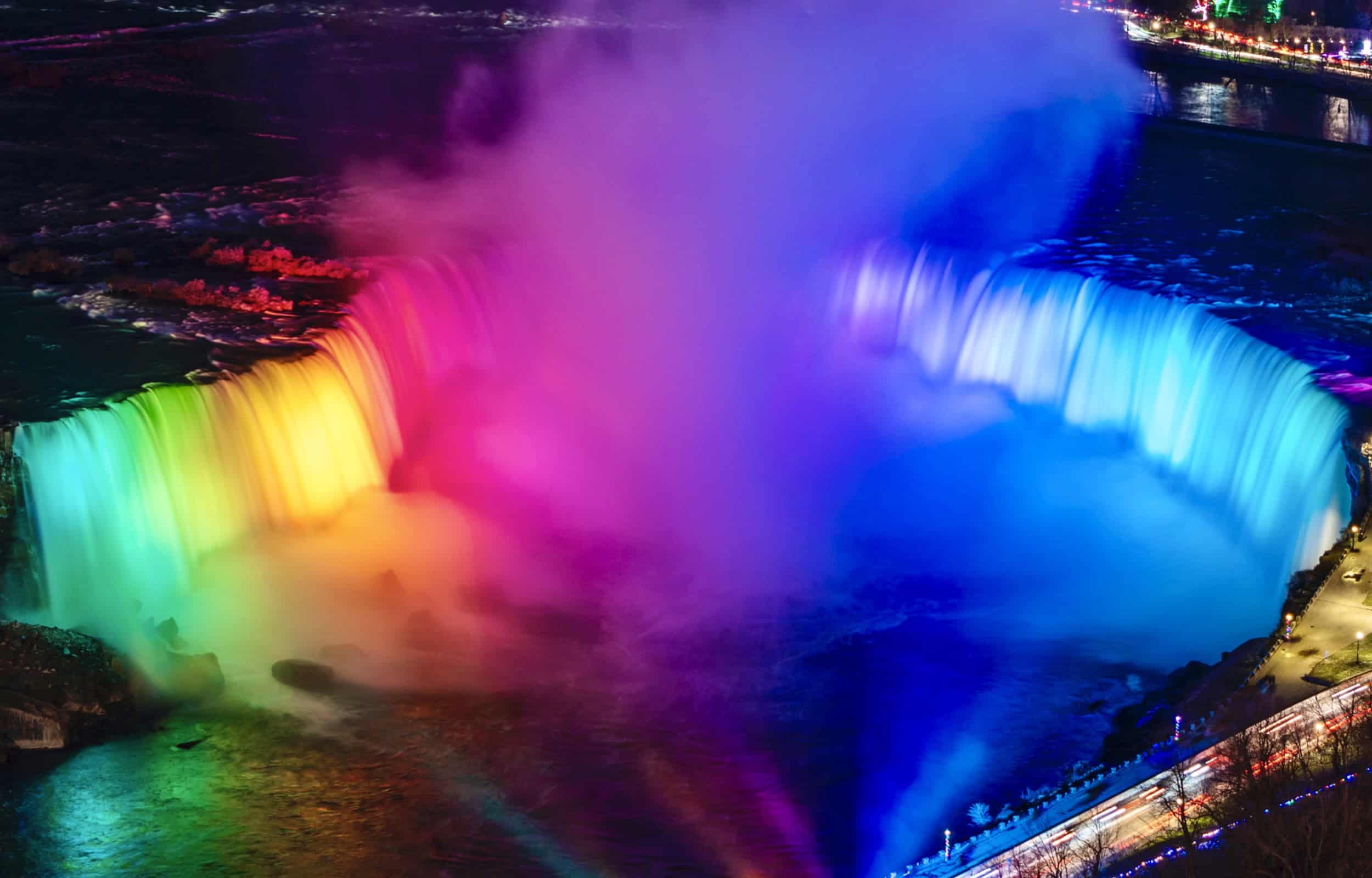
Introduction
Niagara Falls, consisting of three magnificent waterfalls—the Horseshoe Falls, the American Falls, and the Bridal Veil Falls—is a stunning natural spectacle that has captivated people for centuries. Situated on the Niagara River, which flows from Lake Erie to Lake Ontario, these falls form a critical part of the natural border between the U.S. state of New York and the Canadian province of Ontario.
Geography and Formation
Niagara Falls was formed around 12,000 years ago during the last Ice Age when glaciers receded and water from the melting ice carved out the Niagara River and its gorge. The falls plunge over 165 feet (50 meters) into the Niagara Gorge, creating one of the highest flow rates of any waterfall in North America, with over 6 million cubic feet of water cascading every minute.
The Three Waterfalls
-
Horseshoe Falls: Also known as the Canadian Falls, Horseshoe Falls is the largest and most powerful of the three. It has a curved, horseshoe shape and accounts for roughly 90% of the water flow over Niagara Falls.
-
American Falls: Located entirely within the United States, this waterfall is smaller and separated from Horseshoe Falls by Goat Island. It drops about 70 to 110 feet and is famous for its rocky base.
-
Bridal Veil Falls: The smallest of the three, this falls is adjacent to the American Falls and separated by Luna Island. It is known for its delicate, veil-like appearance.
Tourism and Attractions
Niagara Falls is a major tourist destination, drawing over 12 million visitors annually. Popular activities include boat tours like the Maid of the Mist, which takes visitors close to the falls, and the Cave of the Winds walkways that allow people to experience the falls up close. The surrounding area also offers attractions like observation towers, parks, casinos, and vibrant nightlife on both the U.S. and Canadian sides.
Hydroelectric Power
Beyond its natural beauty, Niagara Falls is a crucial source of hydroelectric power. Several power plants harness the energy of the falls to generate electricity for both the U.S. and Canada. The Niagara River’s energy has been used for industrial purposes since the late 19th century, playing a key role in the region’s development.
Cultural and Historical Significance
Niagara Falls has inspired countless artists, writers, and filmmakers. It was also the site of daring stunts, including tightrope walks and barrel rides, contributing to its mythic status. Historically, the falls have been significant for indigenous peoples and early European settlers alike.
Conclusion
Niagara Falls remains an awe-inspiring natural wonder, blending immense power with breathtaking beauty. Whether experienced through its roaring waters, scenic views, or cultural richness, Niagara Falls continues to be a symbol of nature’s grandeur and a beloved destination worldwide.

You must be logged in to post a comment.